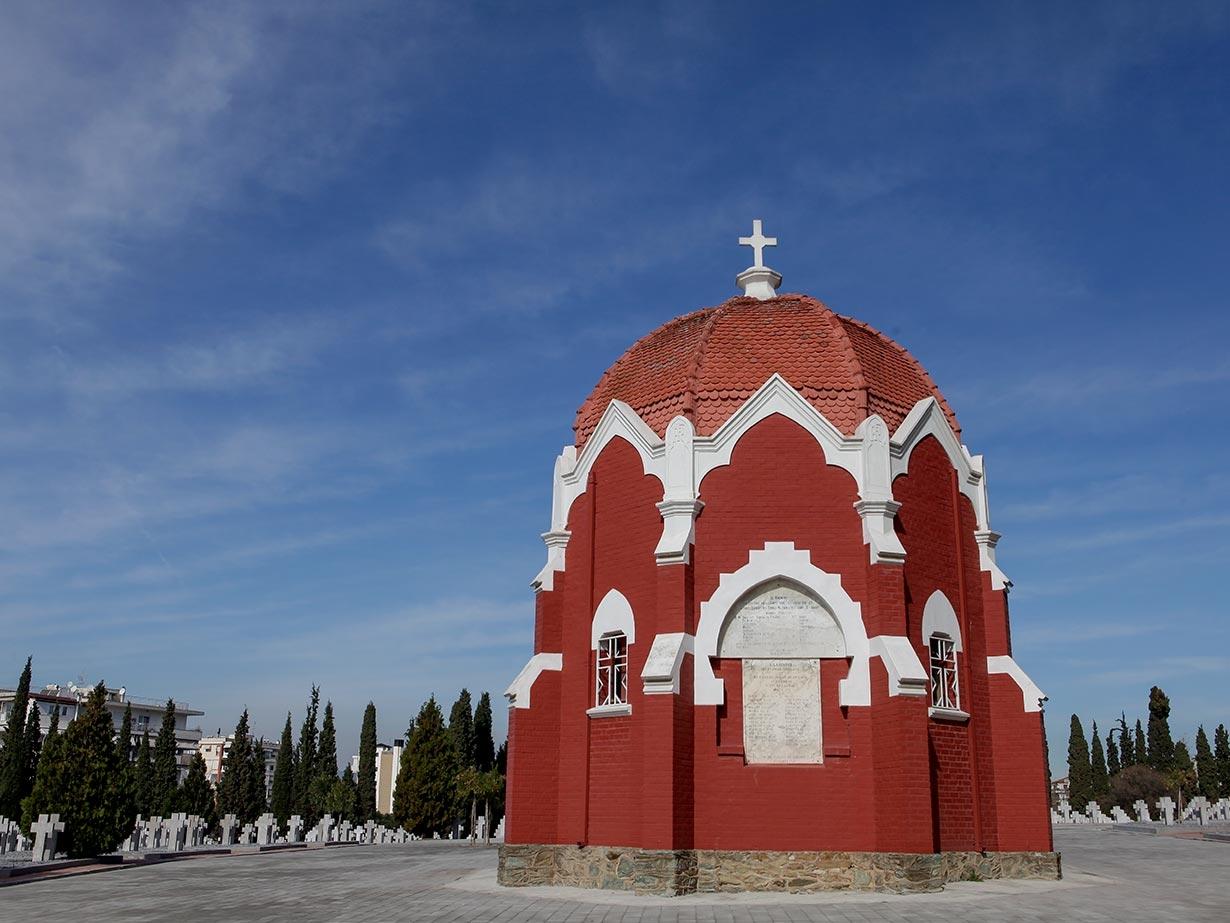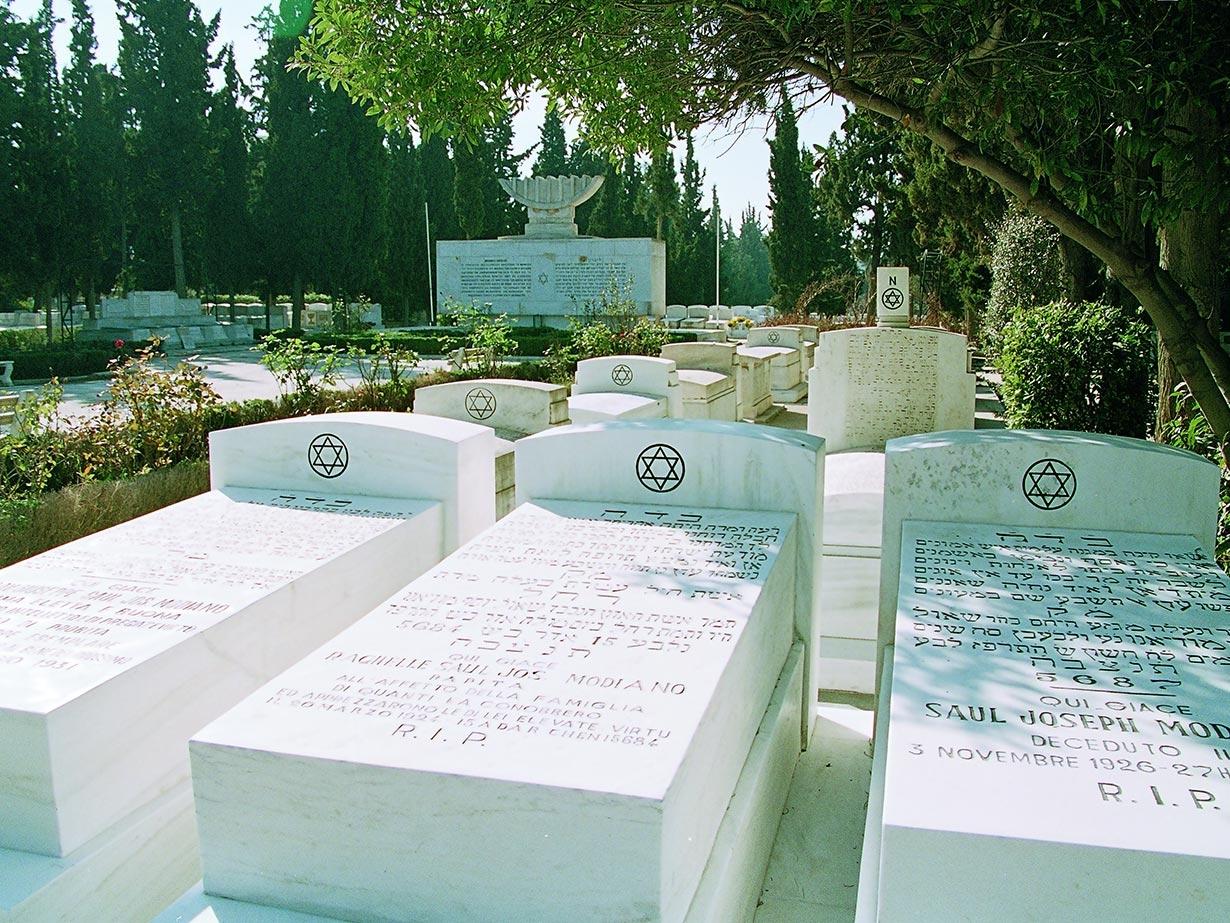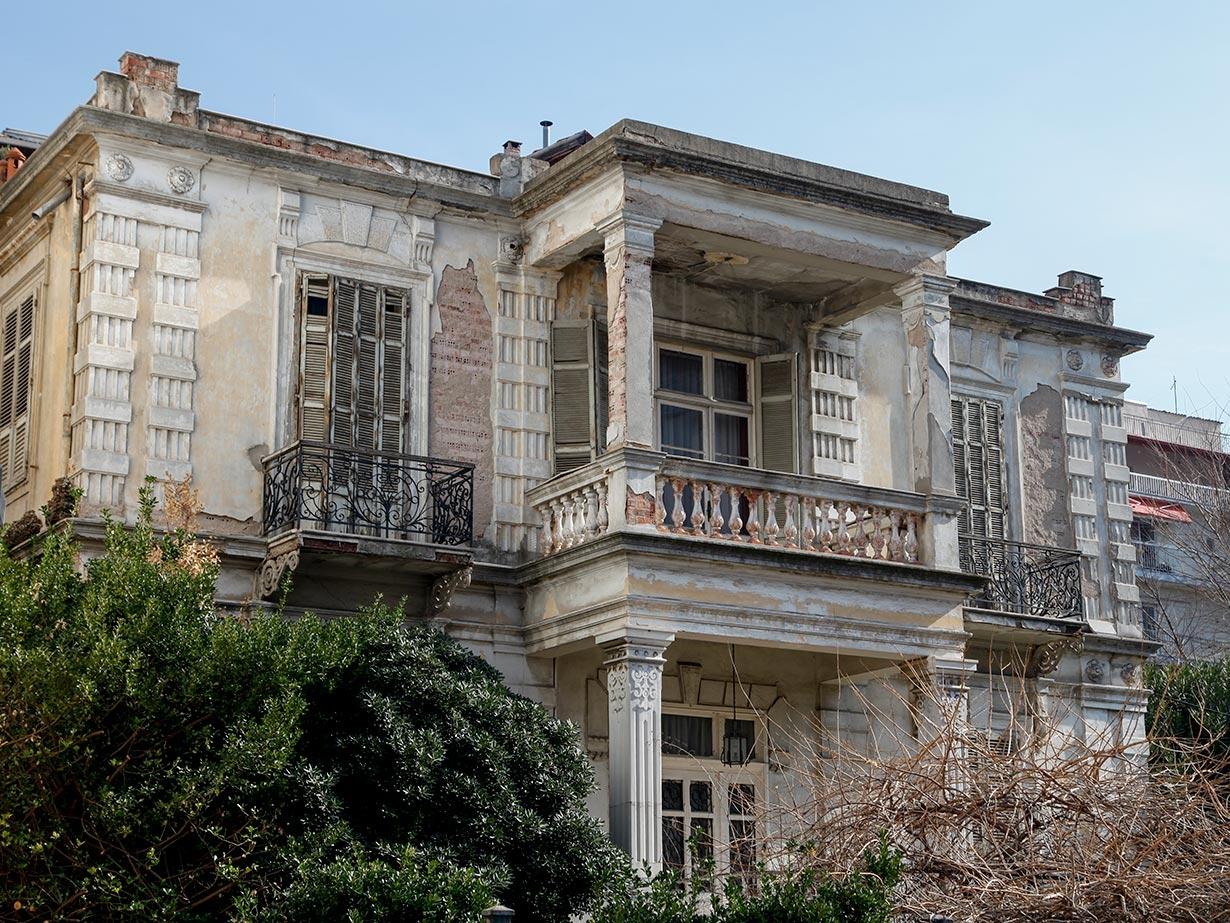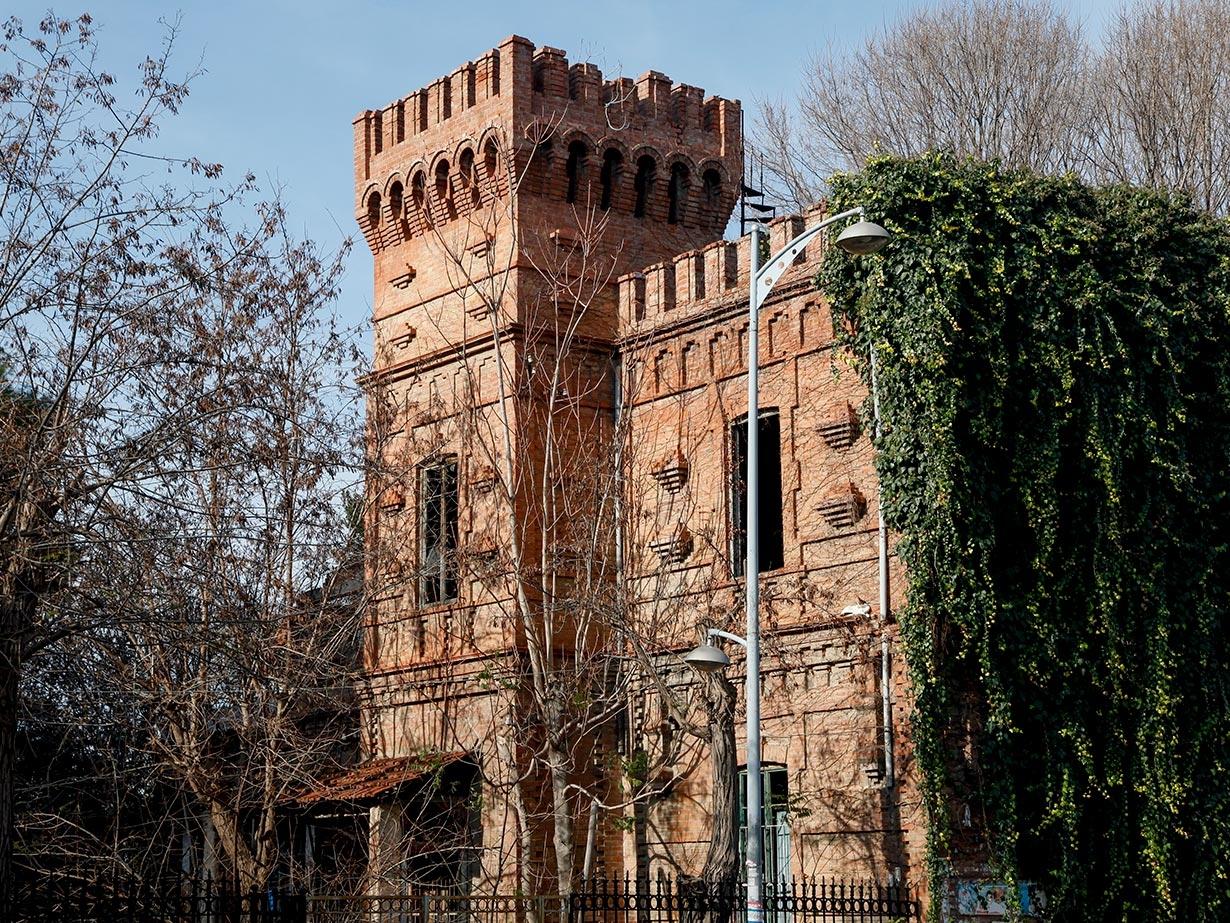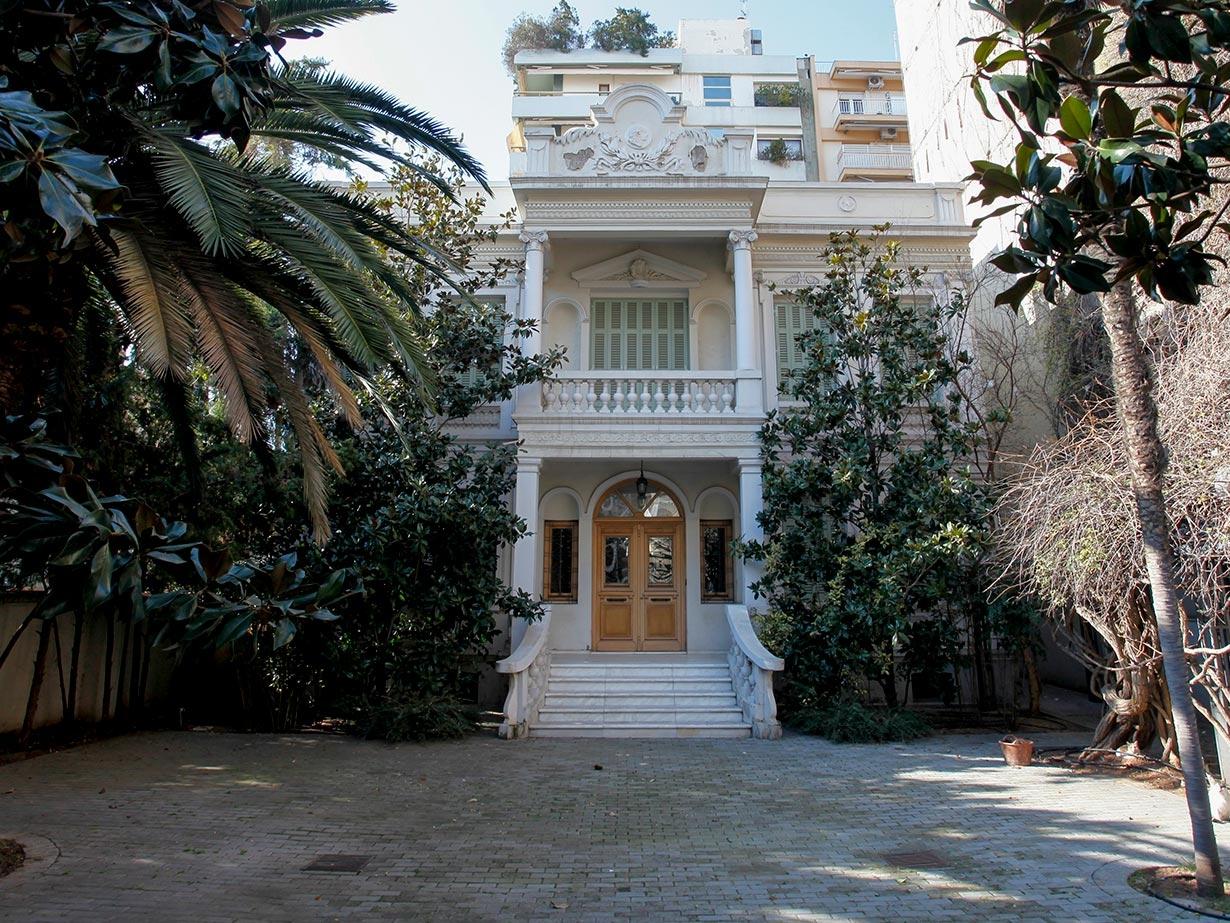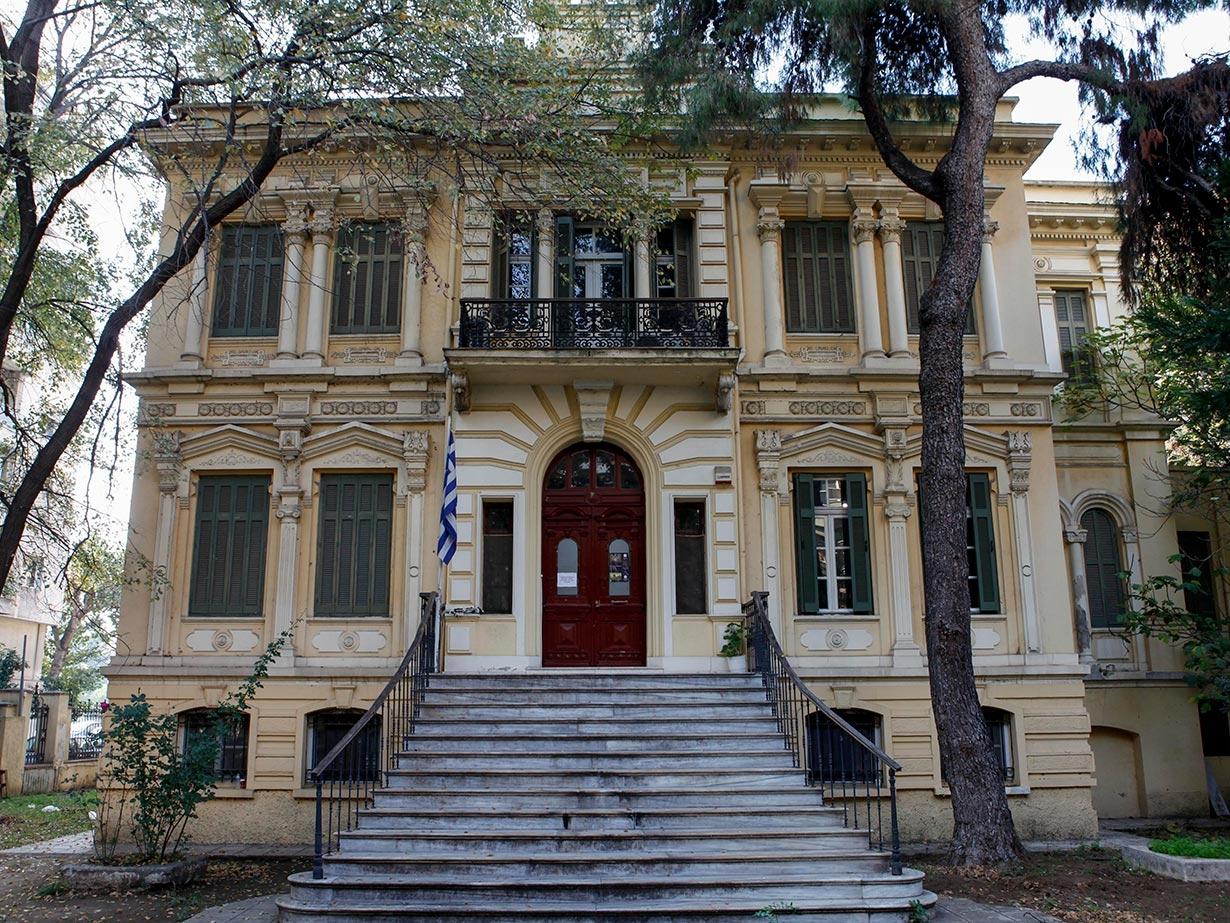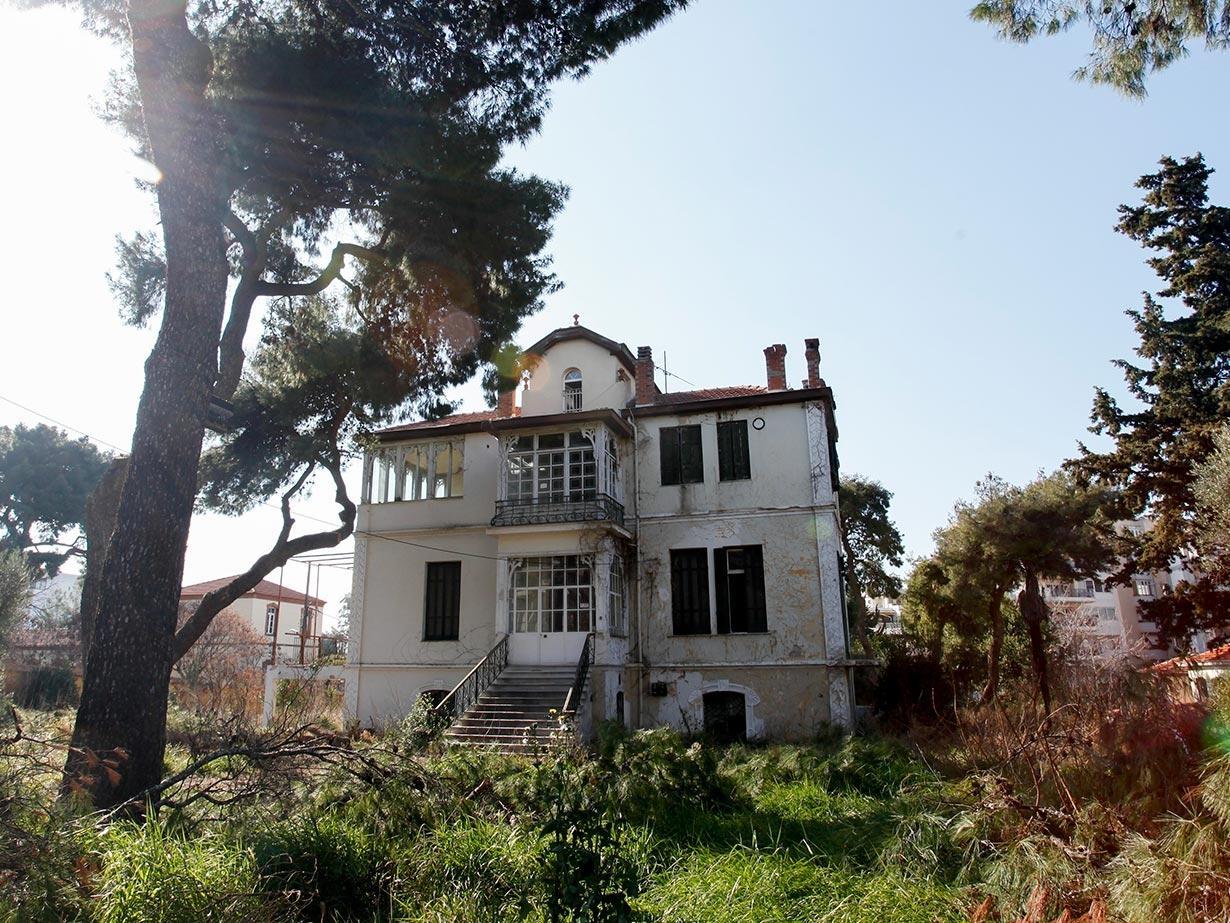The face of Thessaloniki changed in the late 19th and early 20th century. Many beautiful and imposing buildings were rebuilt. The new constructions follow a neoclassic architectural mixture with eclectic elements and Ottoman baroque influences in decoration. The new jewels of the city are luxury private residences and country mansions, hospitals, hotels, orphanages, schools, etc., giving Thessaloniki a new European style. Today most of these constructions’ use have changed, housing museums, public and municipal organizations. However, they still constitute an integral part of Thessaloniki’s history, witnesses of the architecture evolution while by their new ‘status’ they are taking part again in the city’s day to day life. Thessaloniki’s thematic routes continued through time, with the newest monuments telling their own stories. Listen to them!



